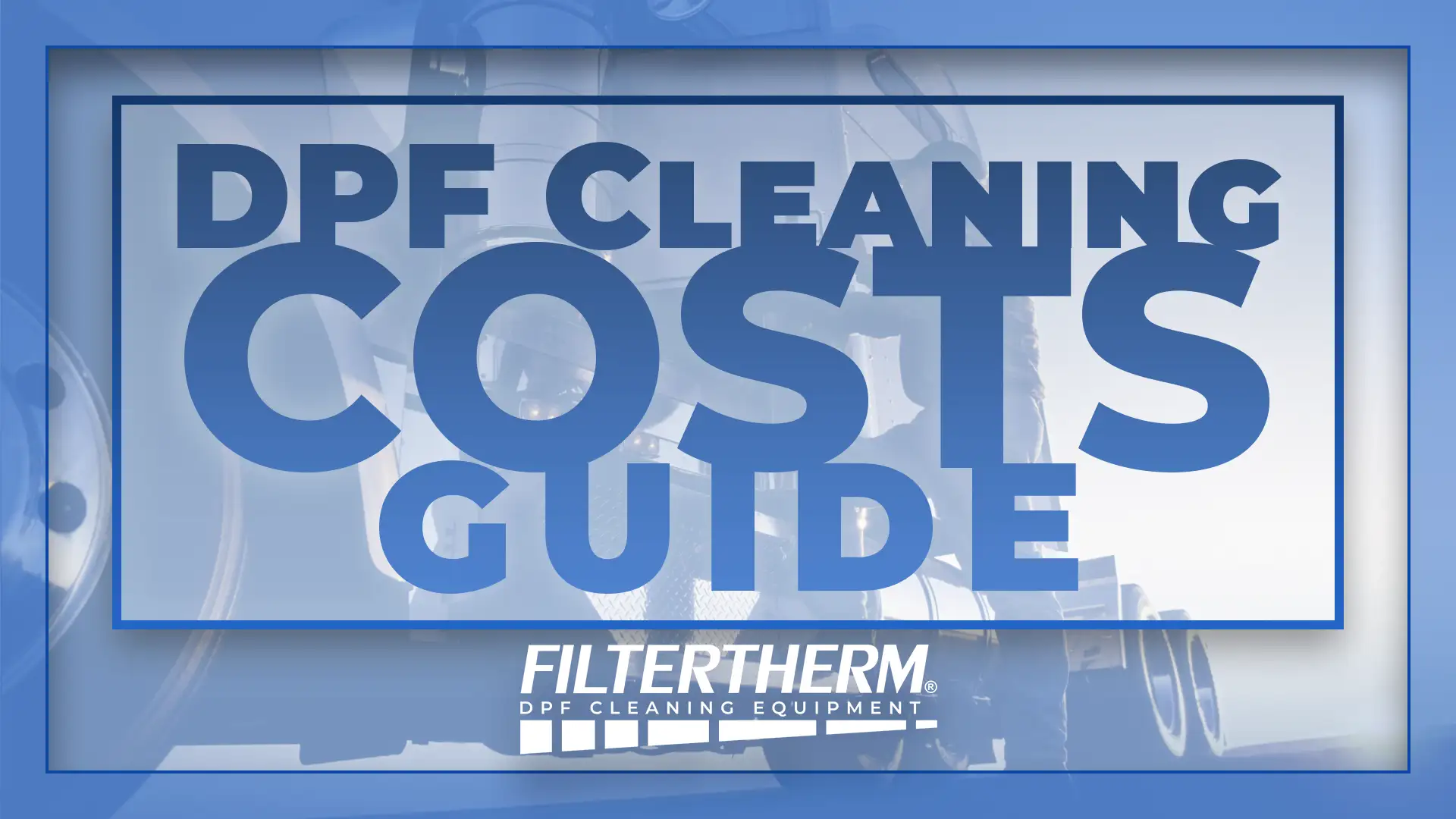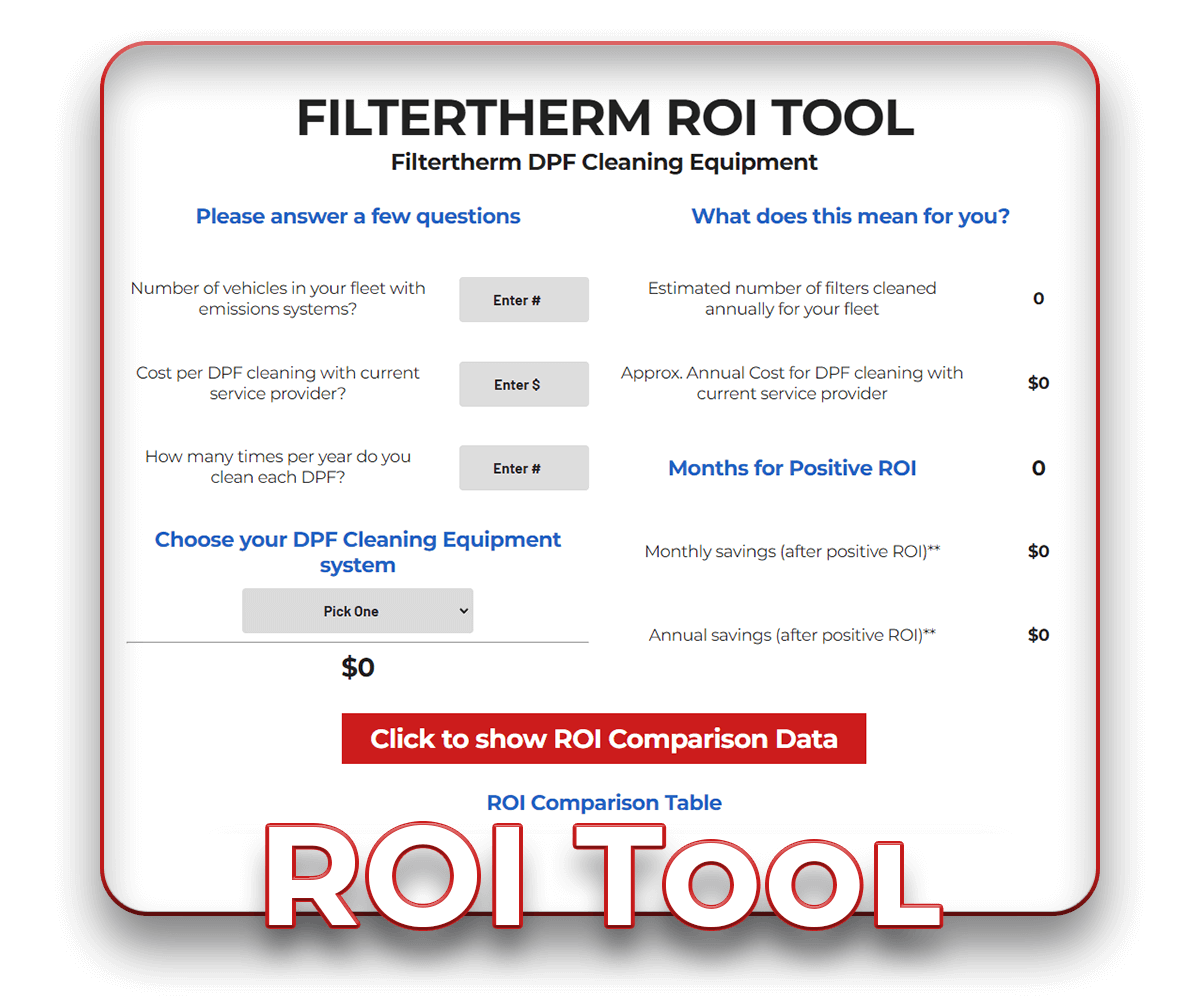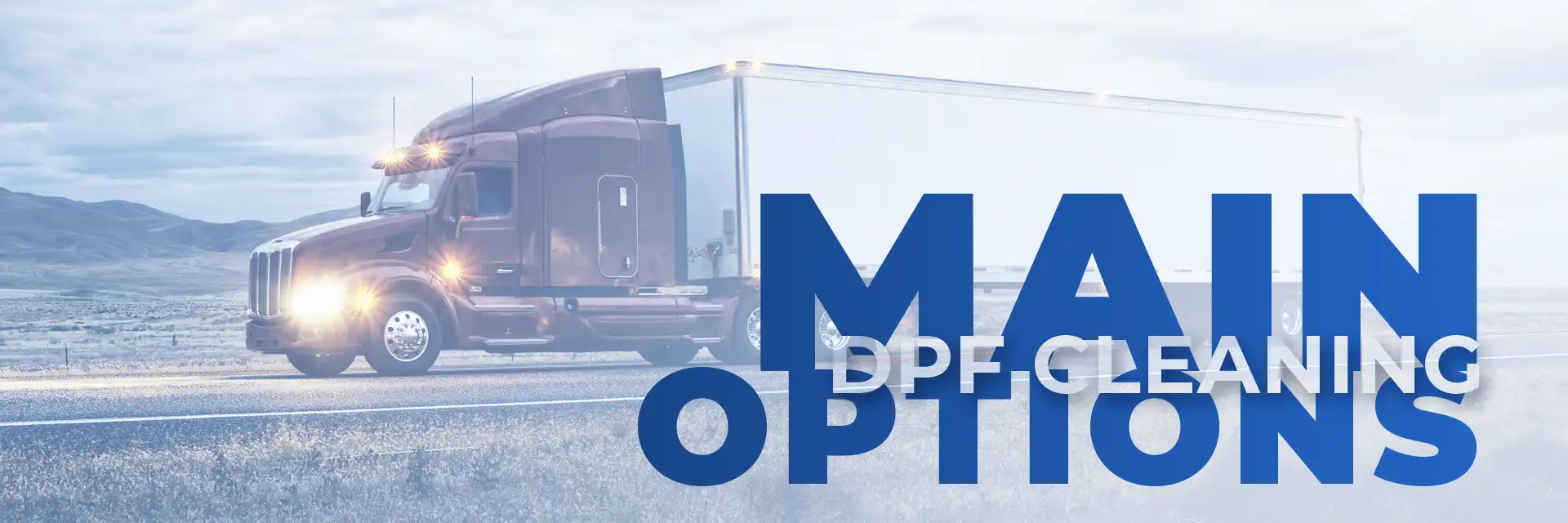
The Main Types of DPF Cleaning
When a DPF in your diesel fleet gets clogged, you’ve got a few ways to deal with it. The main options are cleaning it while it’s still in the truck (that’s called regeneration), removing it from the vehicle for a good clean, or, if it’s too far gone, replacing it. Each of these has its own cost, and the best choice depends on how badly the filter is blocked.
Let’s start with the easiest fix: on-vehicle cleaning, or regeneration. This is basically like burning off all the built-up soot inside the DPF. Sometimes this happens automatically when your trucks are driving at highway speeds and the exhaust gets hot enough. Other times, the truck’s computer might kick in and inject a little extra fuel to heat things up and get the job done. If those automatic cleanings don’t work, a mechanic can use a special tool to force a regeneration. This usually costs somewhere between $150 and $300, although you might see prices ranging from $200 to $600 depending on your location and the mechanic’s labor rates. On-vehicle cleaning is best for regular maintenance when the soot hasn’t built up too much.
If the DPF gets heavily packed with soot and ash that on-vehicle cleaning can’t handle, then it’s time for off-vehicle DPF cleaning. This means taking the DPF out of the truck and cleaning it with special equipment. There are a few ways to do this, like using strong jets of air to blow out the gunk, ultrasonic cleaners that use sound waves to shake the debris loose, or even baking the filter in a special oven to get rid of stubborn buildup. Off-vehicle cleaning typically costs between $500 and $1,000 per filter. The exact price can depend on the cleaning company you choose and how much soot and ash are stuck inside.
Now, if the DPF is damaged or just too clogged to be cleaned properly, then replacement is the only option. This is the most expensive route, and you could be looking at anywhere from $2,500 to $10,000, depending on the type of truck and the specific DPF you need. This high cost shows why it’s so important to keep up with regular cleaning and maintenance.

Factors That Affect DPF Cleaning Costs
Keep in mind that several things can affect how much you’ll pay for DPF cleaning. Knowing these factors can help you understand the pricing and make better decisions for your fleet.
The type of vehicle you have matters. Bigger trucks with larger engines often have bigger and more complex DPF systems. These can take more time and effort to clean, which can increase the cost. Plus, replacing a DPF on a larger vehicle can be significantly more expensive.
How clogged the DPF is is also a big deal. A filter that’s really packed with soot and ash will probably need a more intense and pricier cleaning than one that’s only a little dirty.
The cleaning method itself will impact the cost. Like we talked about, on-vehicle forced regeneration is usually cheaper than taking the DPF off for aqueous or thermal cleaning. Even among the off-vehicle methods, the price can vary – for instance, just blasting it with air might be cheaper than a full thermal bake (and less effective).
Labor costs are a big part of the total bill. What mechanics charge per hour can vary quite a bit depending on where you are and how experienced the technician or service provider is. You’ll often find higher labor rates in cities where the cost of living is higher.
Who you choose to clean your DPF will also affect the price. Dealerships, independent repair shops, and specialized DPF cleaning services might all have different pricing based on their overhead, equipment, and expertise. Companies with specialized DPF cleaning tools might charge more for a more thorough job.
If you have a large fleet, you might be able to negotiate better prices for cleaning services. Many providers offer discounts for cleaning multiple DPFs at once, which can save larger operations some money.
Finally, even driving conditions can indirectly affect how much you spend on cleaning. Trucks that do a lot of stop-and-go driving or spend a lot of time idling tend to build up soot faster than those that mostly do highway driving. This could mean you need to clean your DPFs more often.
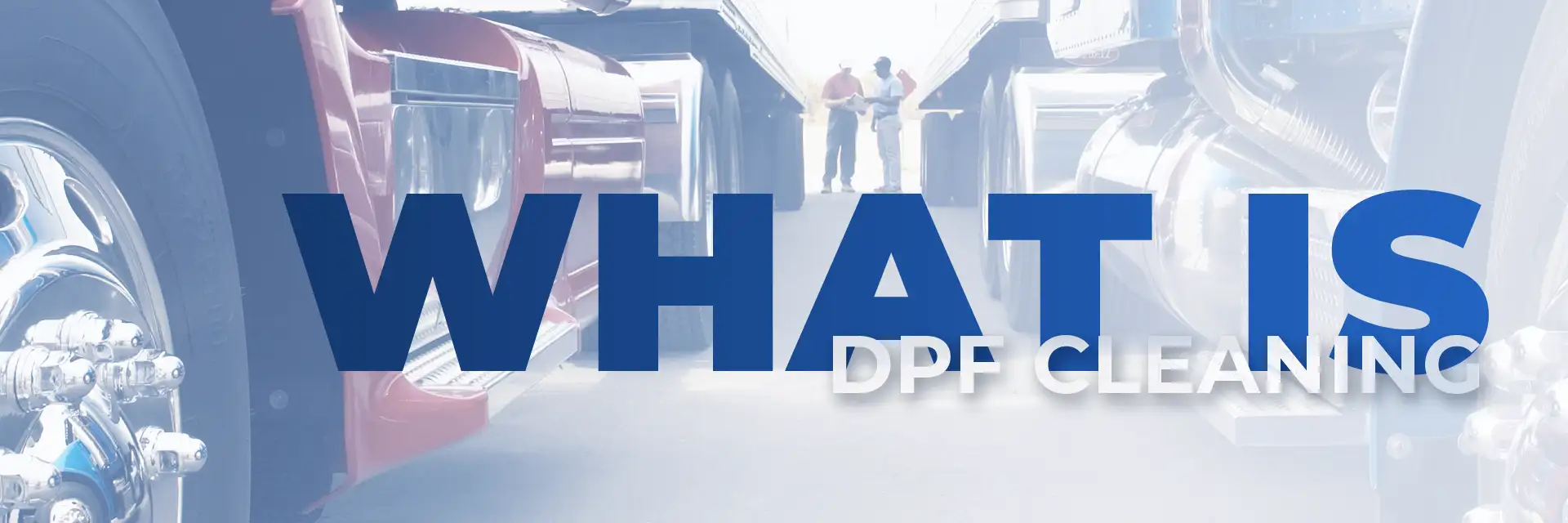
🧼 What Is DPF Cleaning?
A DPF traps soot and ash from the exhaust system to reduce emissions. Over time, that buildup needs to be removed. DPF cleaning can be done in two main ways:
- Passive/Active Regeneration: The vehicle burns off soot automatically (usually at highway speeds or through forced regeneration).
- Manual or Off-Vehicle Cleaning: When regeneration isn’t enough, the filter needs to be removed and cleaned using machines or chemicals.
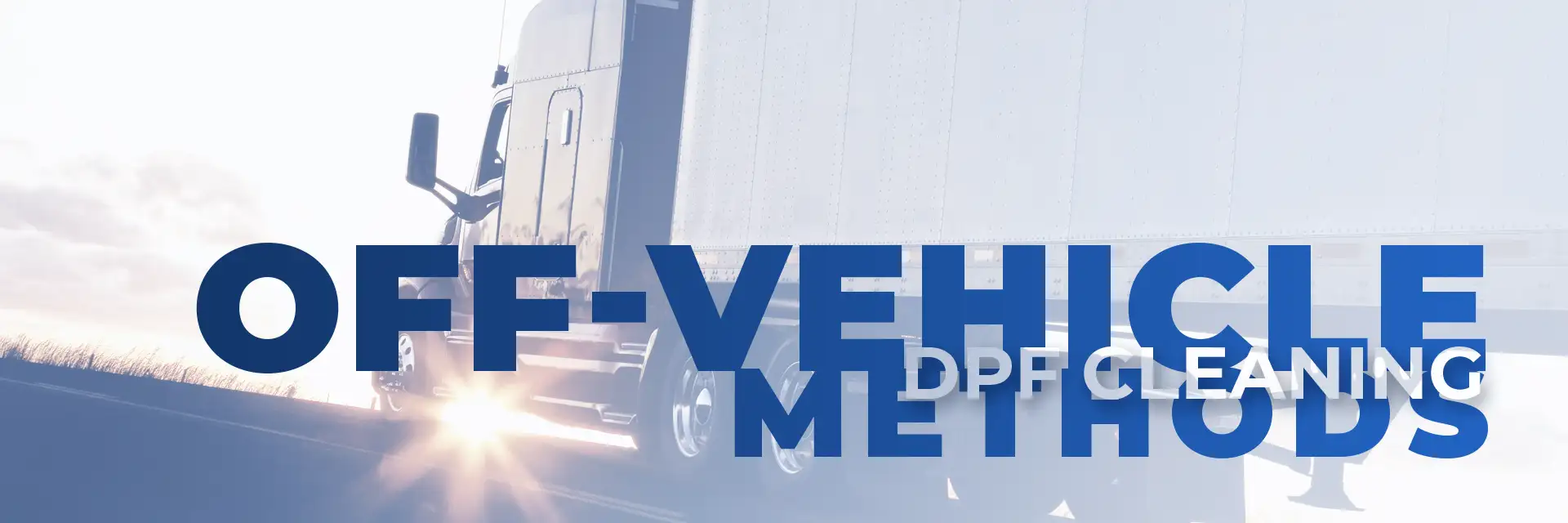
Off-Vehicle DPF Cleaning Methods
Off-vehicle DPF cleaning typically involves removing the filter for a more thorough cleaning than on-vehicle regeneration.
One common method is pneumatic cleaning, which uses compressed air to blow out soot and ash. A pro is that it’s relatively non-invasive to the filter’s core and doesn’t require detergents. However, it may not be as effective for heavily soiled filters, especially those filled with oil, and can leave behind a crust of hard ash.
Thermal cleaning (sometimes referred to as bake & blow) is another commonly used method. The DPF is baked in a kiln or large industrial oven to effectively burn off soot. A downside is a longer cool-down period due to high baking temperatures, and the leftover ash must then be blown out. Filtertherm’s Thermal setup addresses both of these issues.
Ultrasonic cleaning involves immersing the DPF in a cleaning solution and using sound waves to dislodge particles. A pro is its ability to clean all filter channels, even hard-to-reach areas, without needing to cut the filter. However, it might be less effective for very blocked filters, and the equipment can be expensive.
Aqueous cleaning uses pressurized liquid injected into the filter to flush out contaminants. It’s one of the fastest methods and is considered an environmentally friendly option. A potential con is the need for thorough drying after cleaning. It’s not a good idea to put a wet filter back on a truck. Learn more about Filtertherm’s highly regarded Aqueous system.
Finally, chemical cleaning involves introducing chemicals to dissolve soot. Sometimes it can be done without dismantling the filter. However, it may only clean the outlet channels effectively and can be invasive to the filter cartridge.
Learn more about the main DPF Cleaning methods in this article.
Most modern, industrial DPF Cleaning systems employ a number of these techniques alongside specialized machines that speed up or enhance the process in various ways. Filtertherm is a prime example. Some DPF Cleaning operations combine Thermal & Aqueous methods for the best of both worlds. See this case study.
💵 Typical DPF Cleaning Costs in the USA
Here’s what you can expect for DPF Cleaning costs for different service types:
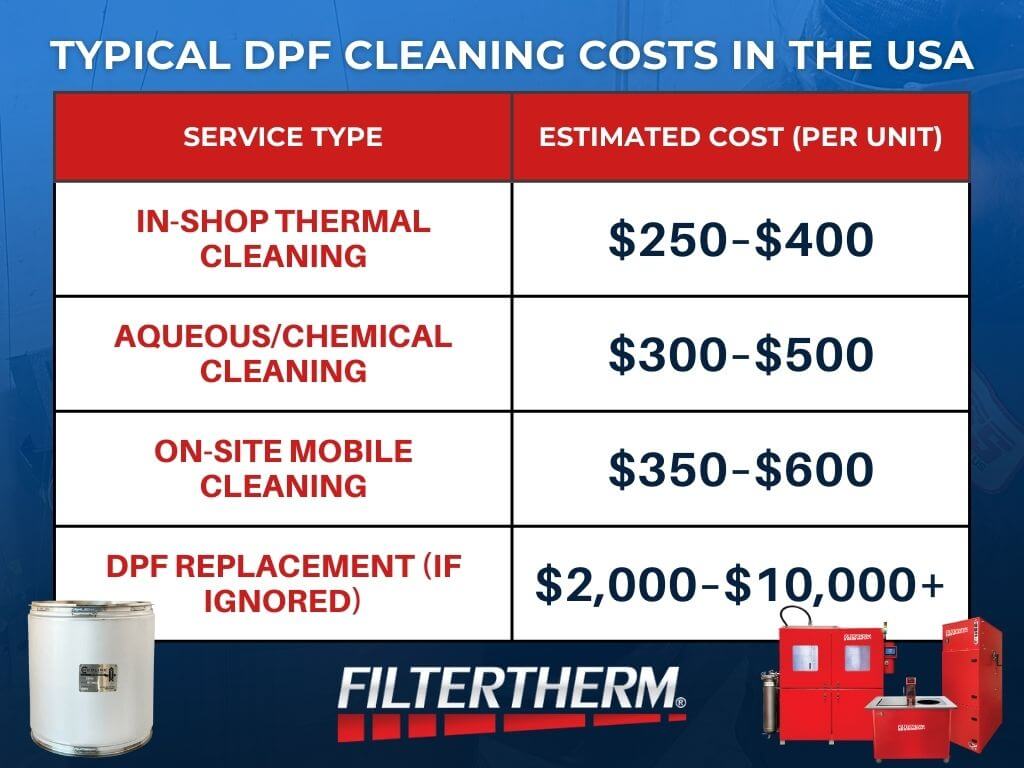
🛠️ Pro Tip: Routine DPF cleaning saves thousands by avoiding replacement or engine damage. So, how often to clean…?
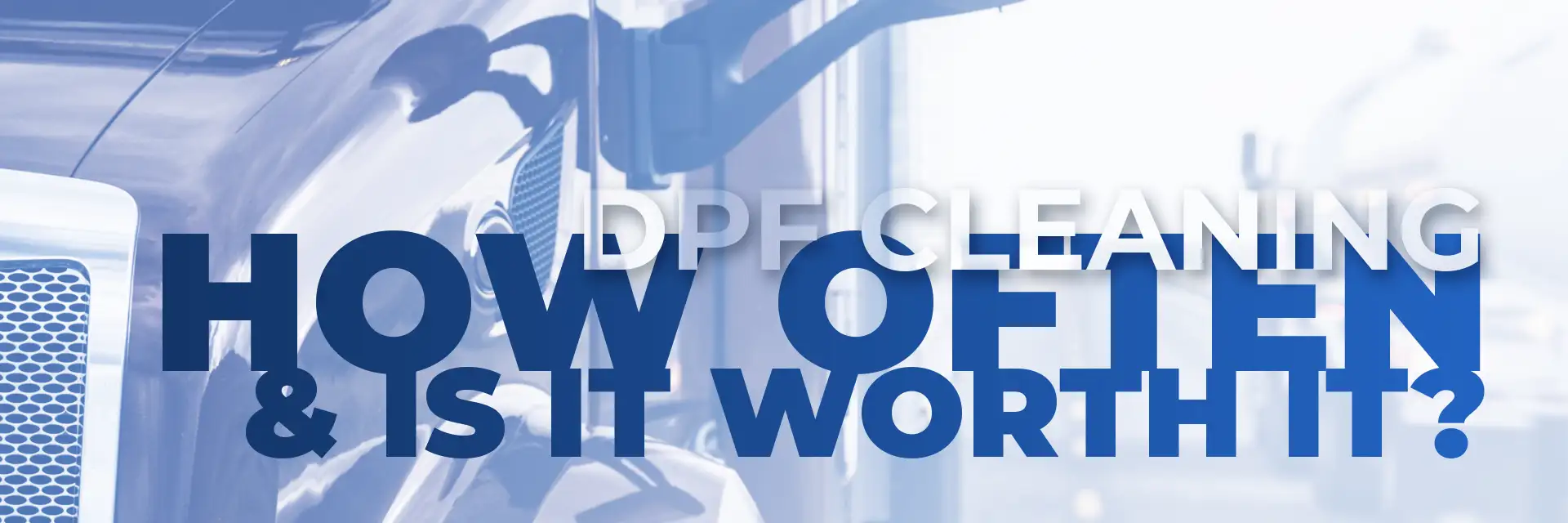
🕑 How Often Should You Clean Your DPF?
Cleaning frequency depends on:
- Mileage: Most fleets clean DPFs every 100,000–150,000 miles (usually under ideal operating conditions). At Filtertherm, we recommend cleaning DPFs once a year or every 75,000-100,000 miles (based on years of experience cleaning DPFs in our own shops).
- Duty cycle: Urban fleets or stop-and-go vehicles clog faster.
- Warning lights or reduced performance: These are signs it’s time to clean.
- Upstream issues: can adversely affect cleaning frequency and the emissions system, leading to potential filter damage, clogging, poisoning, etc. If not addressed, the filter will need to be cleaned in short order or worse need to be replaced.
Fleet managers often use preventive maintenance schedules to include DPF servicing—ideally before problems start.
📈 Why the Cost Is Worth It
Here’s what you get from regular DPF cleaning:
- Improved fuel economy (some fleets report 2–5% gains)
- Reduced downtime from unexpected breakdowns
- Longer filter and engine life
- Regulatory compliance with EPA emissions standards
Think of it as an investment. For example, a $400 cleaning is far cheaper than a $6,000 emergency tow + filter replacement + lost delivery income.

📋 Streamline DPF Maintenance with FilterTrak
Managing DPF cleaning across a fleet can be complex, but leveraging the right tools can simplify the process. FilterTrak is a cloud-based software solution designed to help fleet managers and service providers track and document DPF cleanings.
With FilterTrak, you can store and access detailed service records, including before-and-after photos, filter weights, and cleaning history, all in one centralized location. This not only aids in maintaining compliance with environmental regulations but also assists in identifying recurring issues and optimizing maintenance schedules. (A Case Study – Precision DPF Services)
The platform’s intuitive interface ensures ease of use, allowing for quick training and implementation. Additionally, FilterTrak offers customizable service reports that can be emailed directly to stakeholders, keeping everyone informed and enhancing transparency. (FILTERtrak)
By integrating FilterTrak into your maintenance routine, you can enhance operational efficiency, reduce downtime, and extend the lifespan of your DPF systems.
🛠️ Should You Clean In-House or Outsource?
In-house cleaning may be cost-effective for large fleets (especially with a DPF cleaning machine), but it requires equipment, training, and space.
Outsourcing is better for smaller fleets or companies without a dedicated shop. Many providers offer pickup/drop-off services or mobile units that clean on-site with minimal disruption.
Run the Numbers. Run your fleet’s numbers with our fleet-optimized DPF Cleaning ROI Tool. >>
Get the Premier DPF Cleaning solution for your FLEET.
Give us a call. Get Answers.
Use our ROI tool to see how quickly this investment can save your fleet time and money. Financing is now available. Check it out!
Call or email to schedule a meeting with our expert Sales Team. Anthony and Nadjara are happy to help you.
